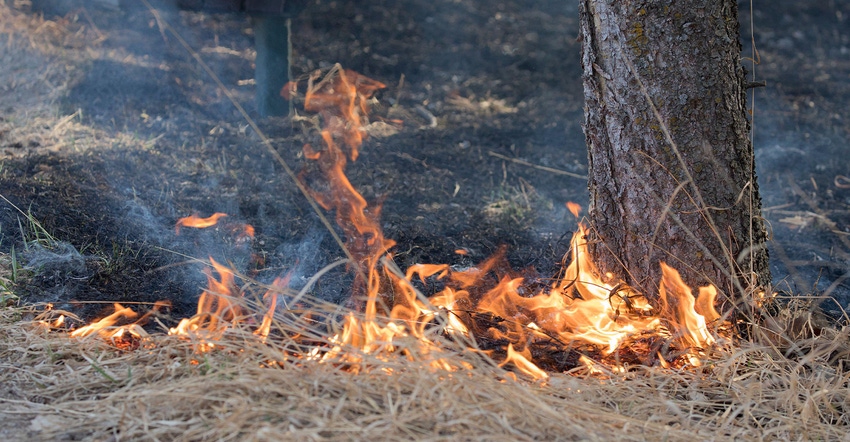OSHA Provides Info to Protect Workers from Outdoor Air Quality Hazards
June 12, 2023

WASHINGTON – As Canadian wildfires continue to produce unhealthy air pollution in parts of the country, the U.S. Department of Labor announced that its Occupational Safety and Health Administration is offering employers important information to help protect outdoor workers from exposure to wildfire health hazards. OSHA has a comprehensive website with safety tips and resources to help employers and workers reduce their exposure to smoke during wildfires. At the same time, the National Institute for Occupational Safety and Health offers resources for outdoor workers exposed to wildfire smoke. “Wildfire smoke exposure can create major health hazards for outdoor workers. These hazards can be reduced with knowledge, safe work practices and appropriate personal protective equipment,” said Assistant Secretary for Occupational Safety and Health Doug Parker. “I urge all employers to have plans and preparations in place to protect workers by preventing or minimizing exposure to hazardous air quality.” The most significant hazard from wildfire smoke is exposure to particulate matter, tiny particles of partially burned material less than 2.5 micrometers in diameter, that can enter the lungs and even the bloodstream and is linked to serious health problems, including lung, heart and kidney disease. Workers exposed to smoke-polluted air may experience heat stress, eye and respiratory tract irritation, and suffer from exposure to other respiratory hazards caused by hazardous substances such as heavy metals entering the atmosphere. Employers should prepare for and plan to implement procedures to reduce exposures to smoke when necessary. Protective measures to reduce smoke exposure for outdoor workers can include:
|
You May Also Like


